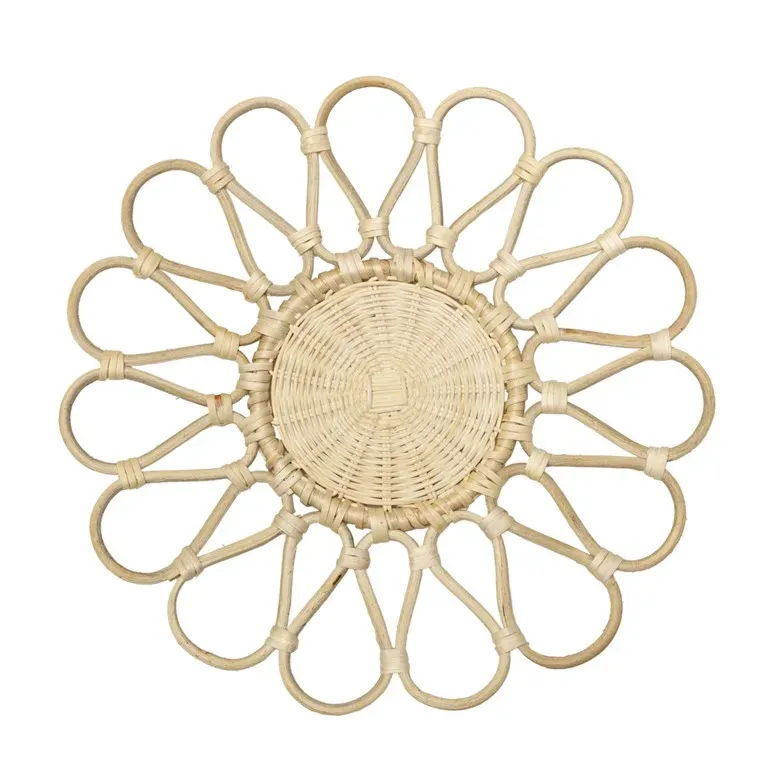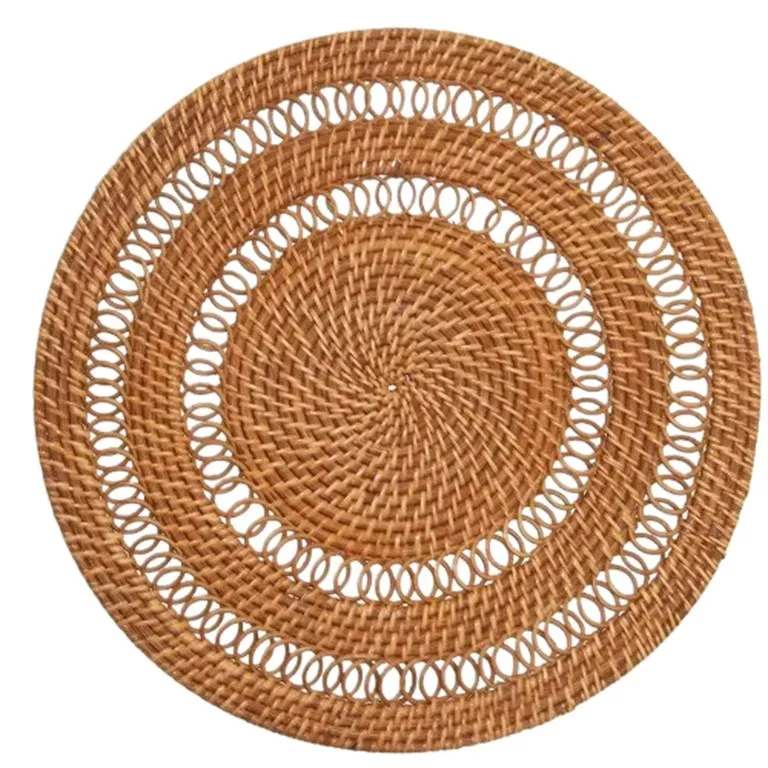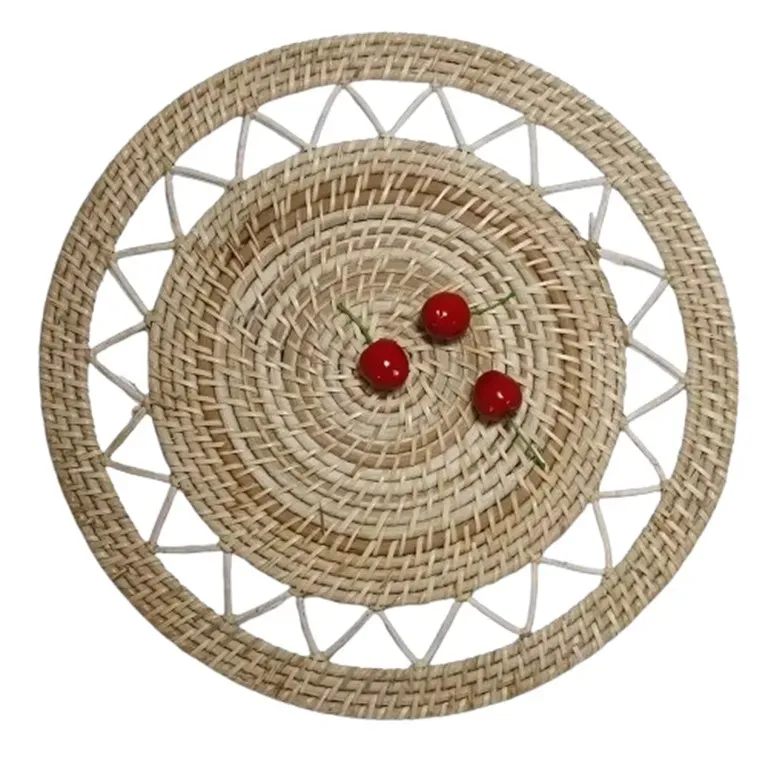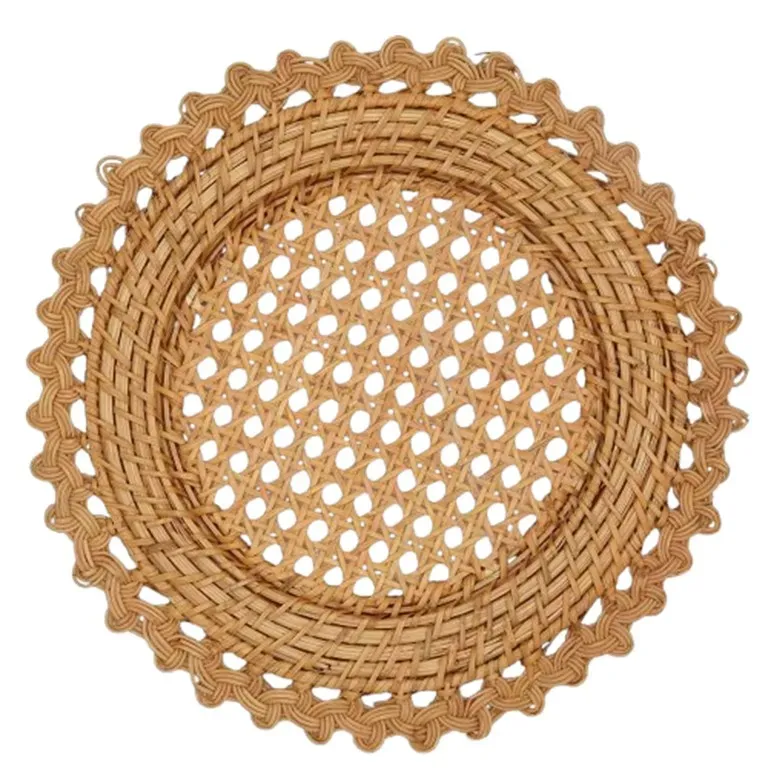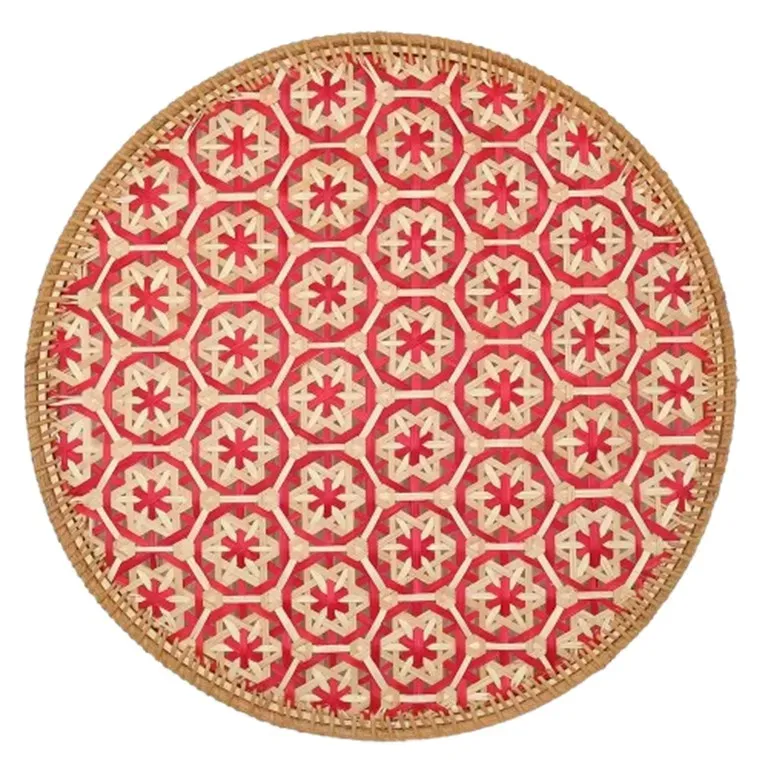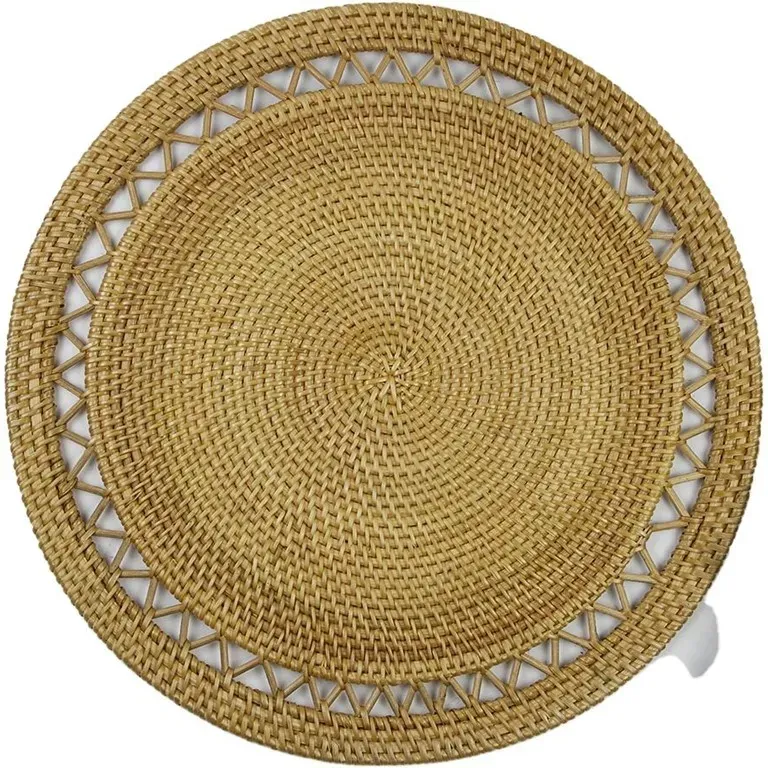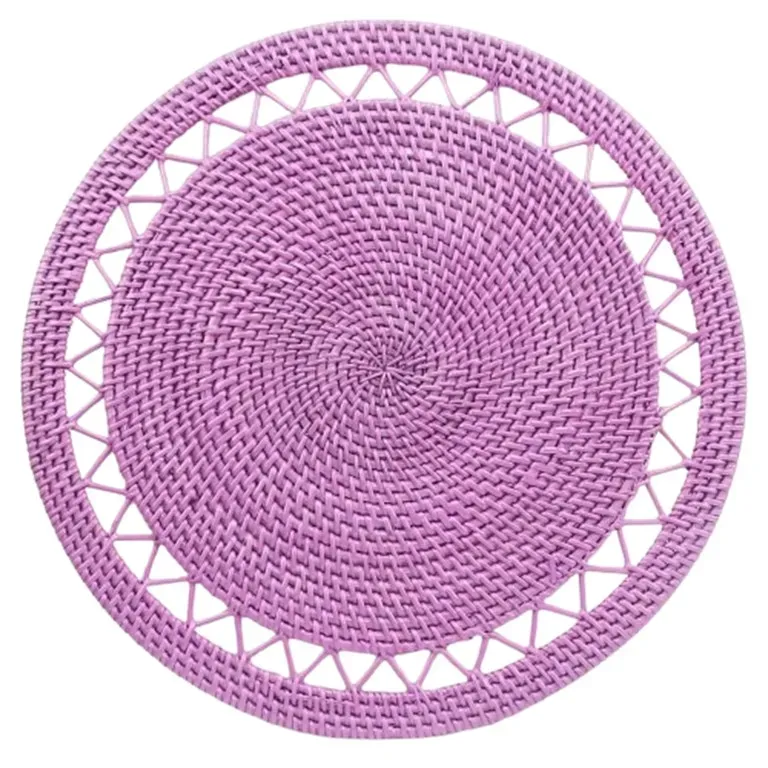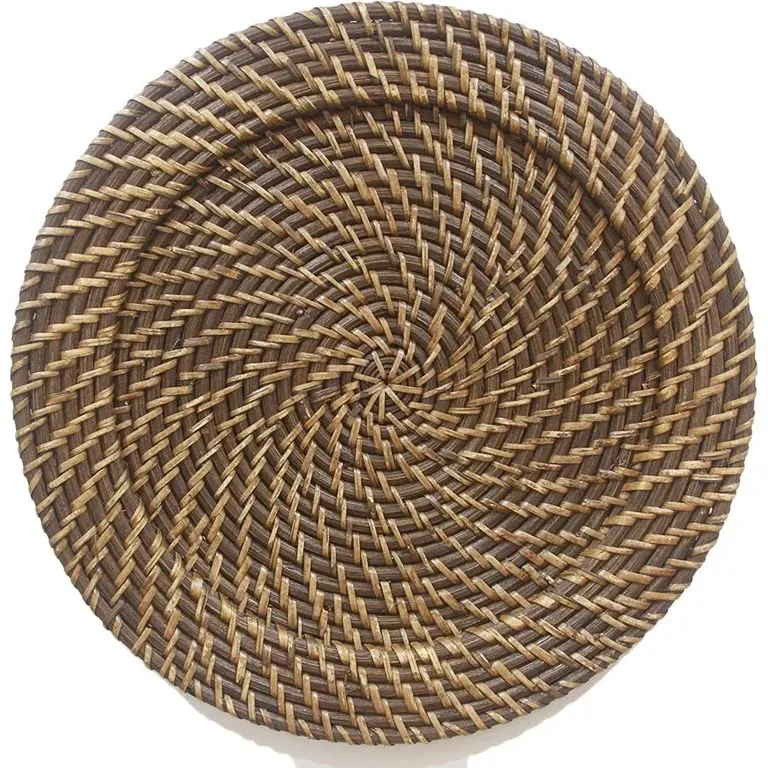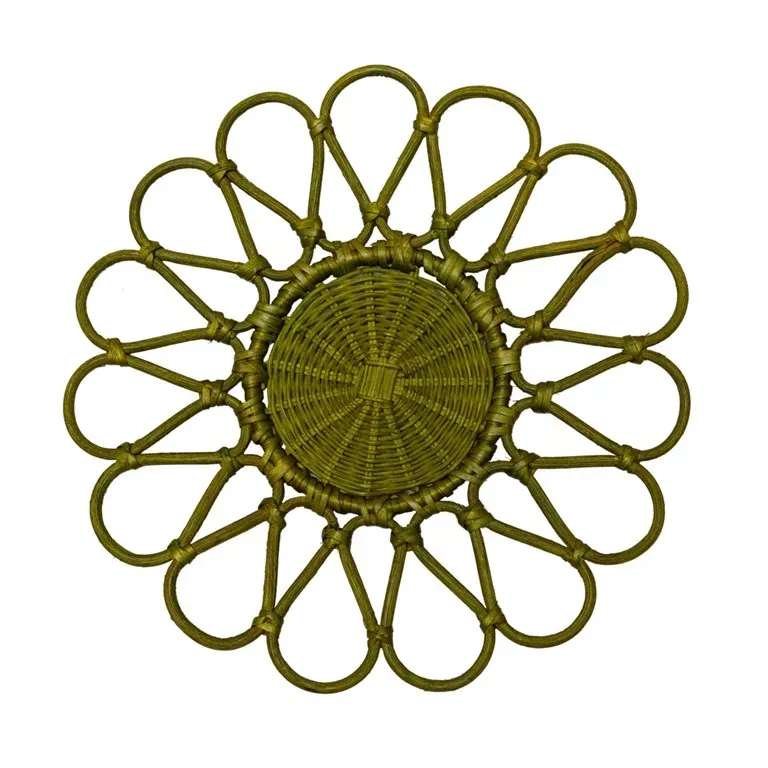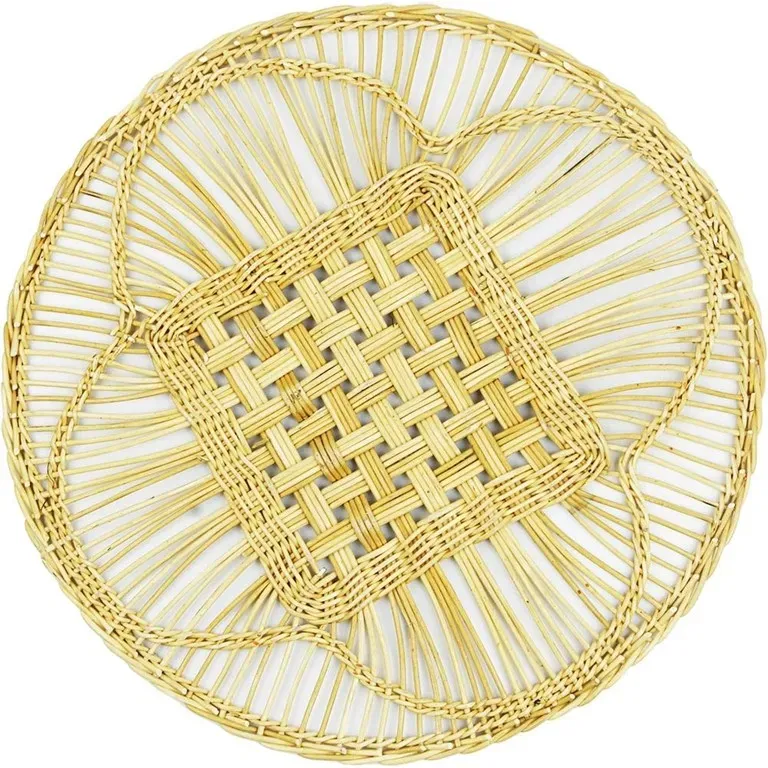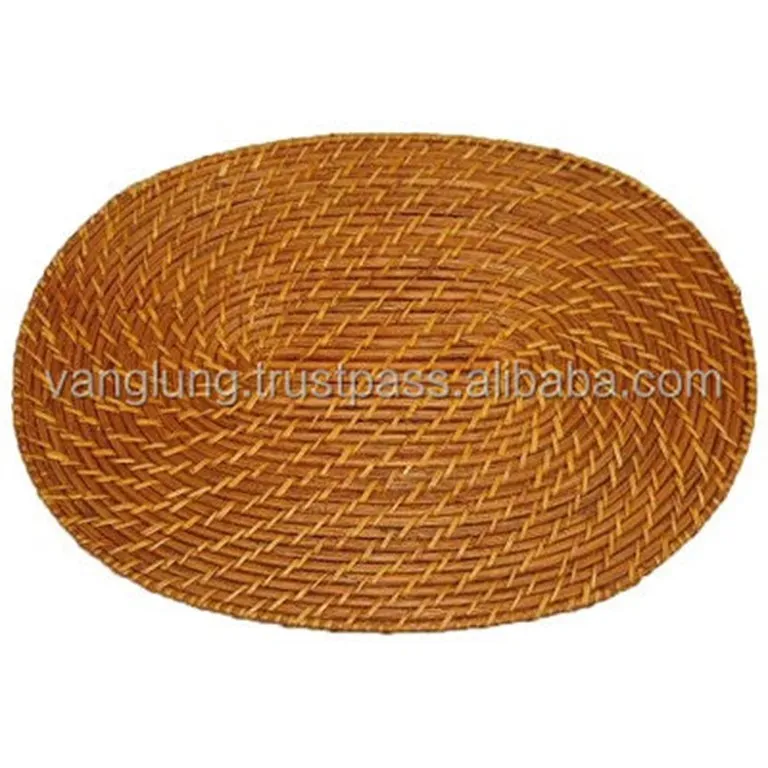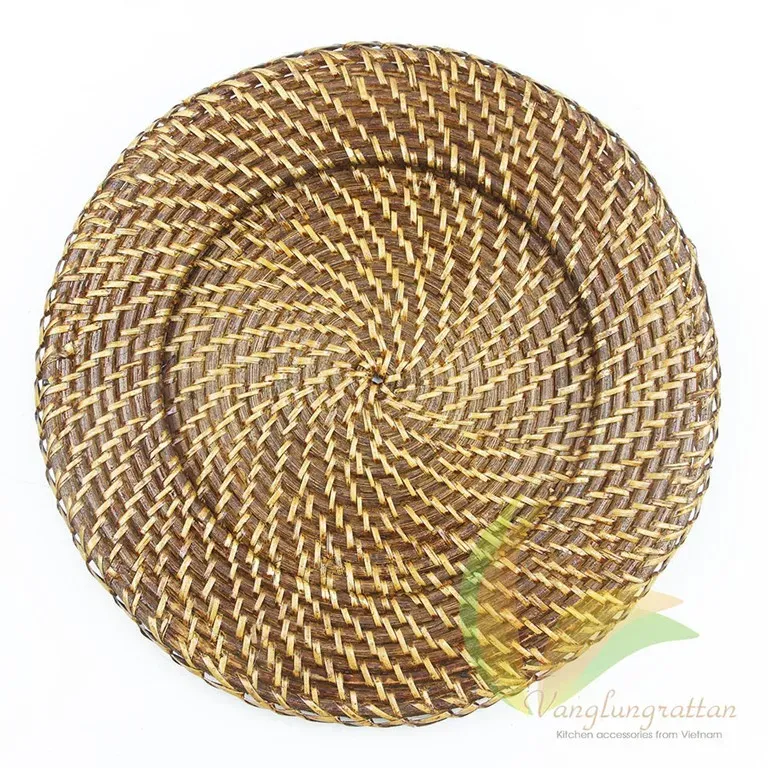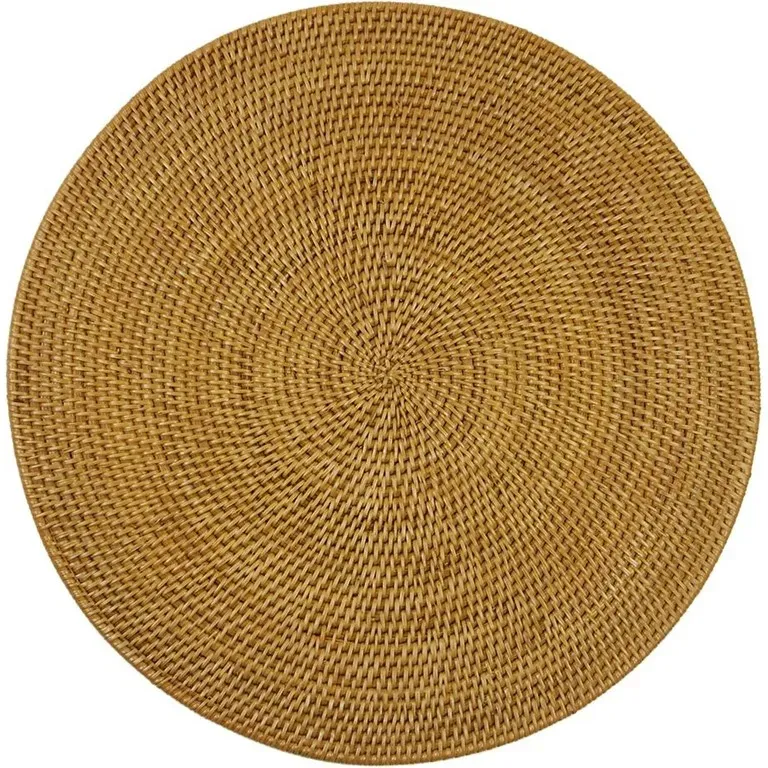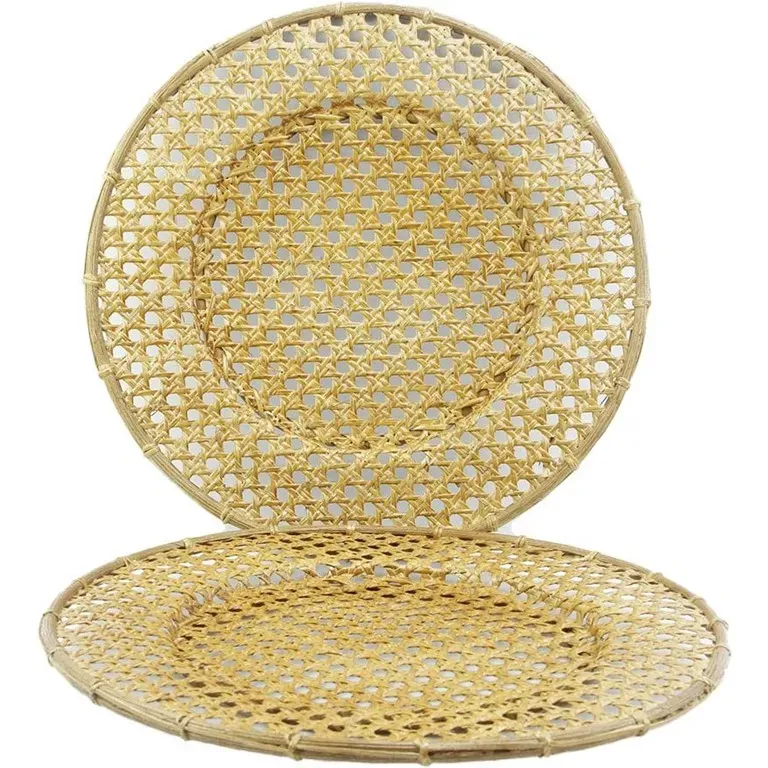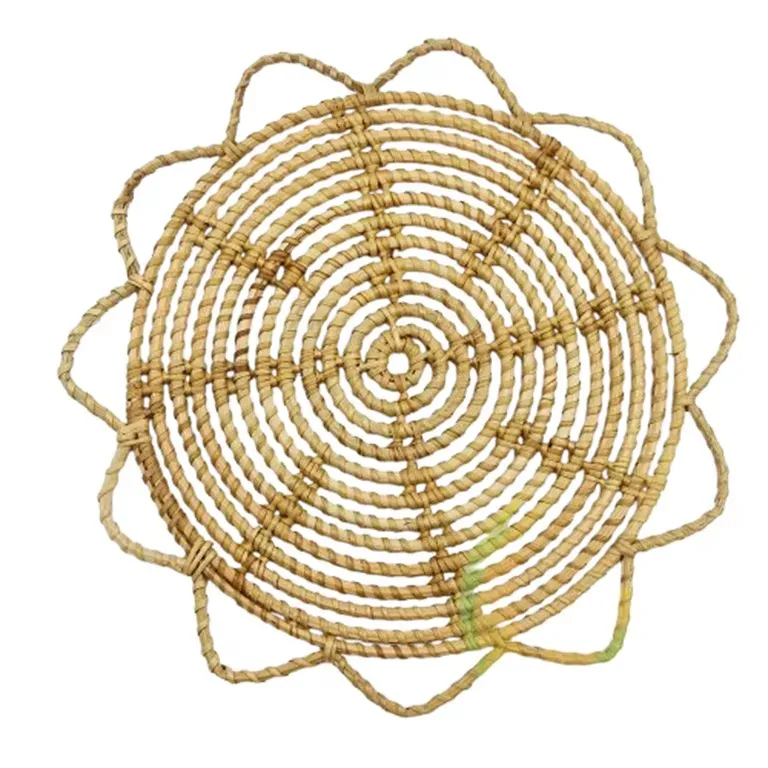Underplates Handicraft Manufacturer
Handmade Underplates: A Blend of Tradition and Modernity
Discover a Vast Range of Exquisite Handmade Underplates
Our handcrafted underplates offer a diverse selection to suit your unique style and hobby needs. From classic designs to contemporary trends, our underplates are perfect for any space. Crafted with care and attention to detail, each piece is a testament to the artistry and skill of our craftsmen.
Our commitment to sustainability drives us to use only natural and environmentally friendly materials, such as 100% rattan and bamboo. By choosing our underplates, you’re adding beauty to your home and supporting sustainable practices.
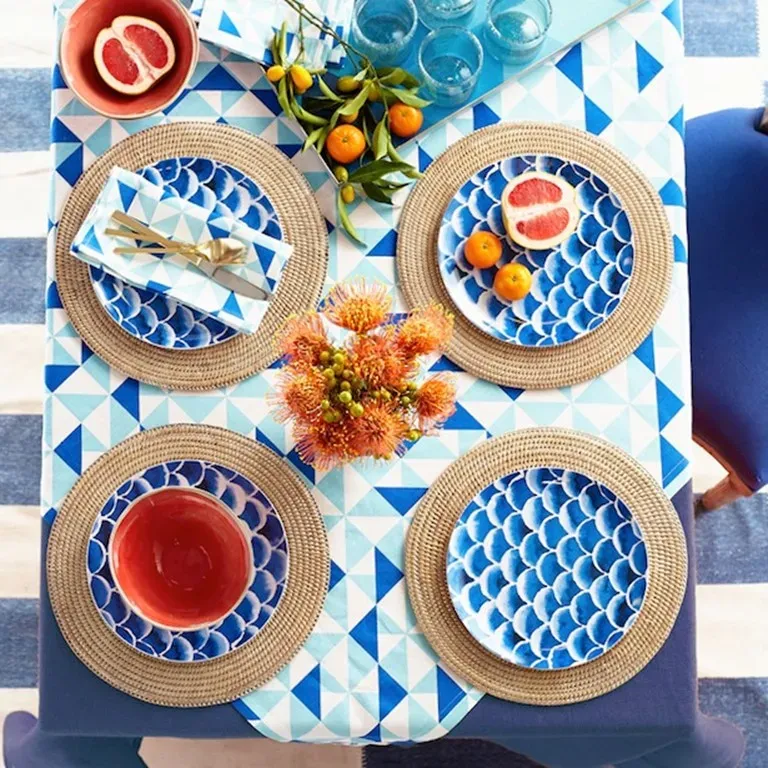
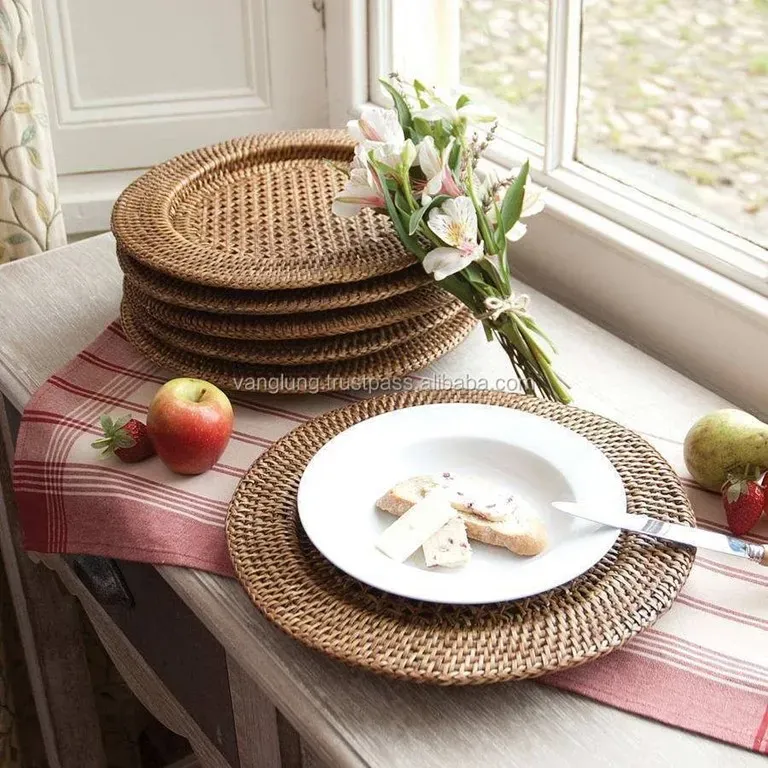
We Support Fair Trade and Ethical Production
At Vang Lung, we are dedicated to fostering a positive social impact and upholding ethical standards throughout our production processes. By supporting fair trade, we ensure fair wages, safe working conditions, and opportunities for growth and personal development for our workers. Our commitment to fair trade also helps to preserve traditional crafts and empower local communities.
Through fair trade practices, we strive to create a sustainable and equitable environment for all involved in the production of our handicrafts. We believe that by supporting fair trade, we can contribute to a more just and equitable world.
We Understand the Power of Crafts to Express Personality
Vang Lung offers a diverse range of handcrafted products and customizable options to suit your unique preferences. From essential basics to sophisticated designs, our collection caters to all your crafting needs. We also provide personalized packaging and labeling solutions to help you create a truly distinctive brand identity.
Our OEM service ensures a seamless experience, allowing you to effortlessly create stunning designs that resonate with your customers. With our expertise in traditional crafts and unwavering commitment to quality, let Vang Lung be your partner in crafting a memorable brand.
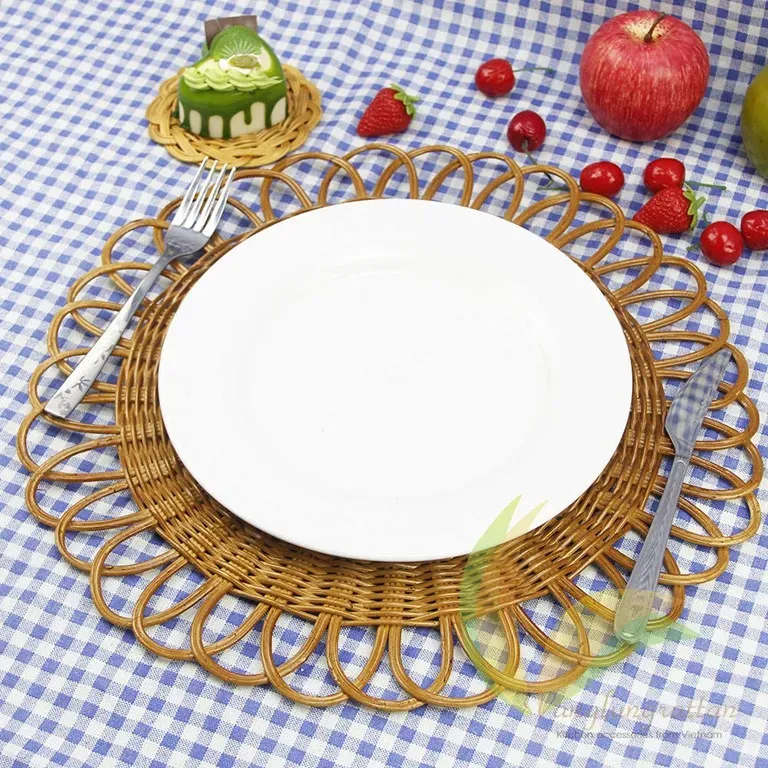
Prioritizing Quality Control and Customer Satisfaction
We're dedicated to delivering the highest quality products. Our rigorous quality control measures, from sourcing premium materials to meticulous final inspections, ensure customer satisfaction at every step.
- Materials Sourcing and Development: We carefully source and develop materials that meet or exceed underplate standards. Our commitment to quality is evident in every step of the production process.
- In-Process Inspection: Throughout production, we conduct rigorousin-process inspections to verify the accuracy, consistency, and overall workmanshipof our underplates. Our quality control team meticulously checks each product atvarious stages to ensure it meets our high standards.
- Final Inspection: In addition to our internal quality control team,we welcome third-party inspections. We understand the importance of independentverification and are open to working with reputable third-party organizations tofurther validate our quality standards. This ensures transparency, andaccountability, and provides our customers with added confidence in the quality ofour products.
Underplates handicraft manufacturer: understanding unique offerings
Underplates, often considered the unsung heroes of table settings, bring both functionality and aesthetic charm to dining experiences. As versatile decorative plates placed beneath dinnerware, they add a layer of sophistication to meals and help protect surfaces from spills. The world of underplates is diverse, filled with handcrafted treasures that encapsulate the art and tradition of their making. These pieces, whether made from ceramic, wood, metal, or eco-friendly materials like bamboo, serve as blank canvases for artisans to showcase their craftsmanship. This article dives into the unique offerings of underplates handicraft manufacturers, exploring different types, materials, target markets, pricing strategies, and the growing role of marketing in the handicraft industry. By understanding these facets, one can appreciate the fusion of art and practicality embodied in every handcrafted underplate.Types of underplates available
The spectrum of underplates available today reflects a rich variety that caters to both traditional tastes and modern aesthetics. Extending beyond mere table accessories, underplates are intricately crafted to harmonize with the decor, offering both utility and style. They come in myriad materials, each imparting distinct characteristics to the piece. The allure of the handmade underplates lies in the artisanship involved, making each piece a story in itself. As we delve into the characteristics of these underplates, we also reflect on the evolution from traditional to modern designs and the array of customization possibilities that allow for distinct, personalized touches.
Characteristics of handmade underplates
Handmade underplates stand out due to the precision and dedication involved in their creation, merging functionality with aesthetic brilliance. Each piece tells a story of its artisan, capturing a slice of artistic tradition in its design. The characteristics of these handmade treasures are diverse and appealing:
**Artisanal Quality:**Artisans pour their soul into creating underplates, making each one unique. A direct result of a craftsman's efforts, the variations in design signify the organic nature of handmade work. Unlike machine-made perfection, these slight differences add to the charm and authenticity. Often inspired by cultural motifs or modern aesthetics, these underplates are imbued with a sense of individuality that appeals to discerning customers.
- Authentic craftsmanship
- Unique designs and patterns
- Variability as a symbol of artistry
**Eco-Friendly Materials:**A growing trend among manufacturers is the use of sustainable materials. By opting for bamboo, rattan, or other biodegradable resources, these underplates not only reflect skillful artistry but also resonate with environmentally conscious consumers. Such materials are durable, aesthetically pleasing, and minimize ecological impact, thus marrying beauty with responsibility.
- Bamboo: biodegradable and robust
- Rattan: offers longevity and natural aesthetics
**Customizability:**One of the appealing aspects of handmade underplates is the option for customization. Manufacturers often provide choices that allow customers to personalize their purchases according to specific themes or branding needs. This flexibility plays a vital role in meeting diverse stylistic preferences.
- Personalized designs
- Variety of shapes and dimensions
Food-Safe Finishes: Safety remains paramount, and as such, non-toxic finishes and paints are a standard. The assurance that an underplate is not only beautiful but also safe for use in serving tasks makes these handmade items more appealing to households that prioritize health alongside aesthetics.
With these qualities, handmade underplates capture the essence of artisanal elegance, standing as testaments to human creativity and craftsmanship.
Differences between traditional and modern underplates
The evolution of underplates from their traditional origins to modern interpretations reflects a broader design and cultural transformation, with significant variance in aesthetics, materials, and symbolism. These differences illustrate how underplates cater to the tastes and functional needs of contemporary consumers while maintaining the essence of tradition.
**Design Aspects:**Traditional underplates convey a sense of history and charm, often adorned with intricate patterns that echo classical art and design principles. On the other hand, modern underplates embrace minimalism and innovation, focusing on clean lines and bold forms, often devoid of the ornate embellishments characteristic of their predecessors.
- Traditional motifs: Detailed, nature-inspired, and often featuring cultural symbols.
- Modern aesthetics: Geometric shapes, sleek edges, and an emphasis on simplicity.
Material Usage: The shift from traditional to modern designs involves a transition in material choice. Traditional underplates primarily employ earthenware or fine china, imparting elegance and warmth. Modern underplates frequently incorporate innovative materials such as glass, stainless steel, or acrylics, valued for their durability and contemporary appeal.
Material
Traditional
Modern
Porcelain
Common, classic
Limited
Ceramic
Widely used
Moderate use
Glass
Rare
Frequent for modern designs
Metal
Limited
Increasingly popular
Symbolic Implications: Traditional pieces often harbor deep symbolic value, reflecting cultural roots and customs. They add a touch of nostalgia to dining settings. In contrast, modern underplates often symbolize progress and forward-thinking design, catering to the functional needs of a fast-paced world without sacrificing aesthetics.
In essence, choosing between traditional and modern underplates largely depends on the atmosphere one wishes to create. Whether evoking the past with tradition or embracing the future through innovation, both types of underplates offer unique experiences that elevate dining occasions.
Customization options for unique designs
Customization in underplates not only provides a platform for personal expression but also enriches the dining experience by aligning table settings with individual aesthetic preferences or thematic needs. By offering various personalization options, manufacturers enable customers to integrate underplates seamlessly into their decor narratives.
**Personalization Techniques:**Manufacturers extend an array of personalization choices, from engraving initials to imprinting custom patterns. This endeavor transforms underplates into personal collectibles or signature pieces for events. Such options allow for bespoke experiences that truly resonate with users.
- Engravings: Names, initials, or significant dates.
- Printed patterns: Custom designs reflecting personal or brand imagery.
**Shape and Dimension Variations:**Uniqueness extends beyond visual aesthetics into the tangible realm of shapes and sizes. Offering variations from the conventional round format, underplates are now available in diverse geometrical configurations, from square to oblong, ensuring adaptability to varied table settings or artistic inclinations.
- Shape types: Square, oval, octagonal.
- Size options: Standard, large, bespoke dimensions.
**Color and Finish Preferences:**The color palette plays a significant role in customization. Options range from earthy tones to vibrant hues, ensuring alignment with existing decor choices. Moreover, finishes, whether matte, glossy, or satin, provide additional avenues to personalize the tactile and visual feel of the underplate.
- Color choices: Custom colors or trendy palettes.
- Finish selection: Matte, glossy, satin for varied textures and effects.
Ultimately, customization empowers consumers to select underplates that not only match their functional needs but also echo their personal style or brand essence. This accessibility to tailor the minutiae of design positions underplates as personal artifacts that heighten the dining ambiance.
Materials used in underplate manufacturing
The materials selected in the manufacturing of underplates not only influence their aesthetic appeal but also their functional durability and environmental impact. With an increasing shift towards sustainability, eco-friendly materials are becoming more prevalent, offering a greener alternative without compromising on quality or usability. These materials can range from natural elements like wood and ceramic to innovative uses of recycled components. Each material type brings distinct advantages and challenges, balancing artistry, sustainability, and practicality in the underplate production process.
Benefits of using eco-friendly materials
Eco-friendly materials in underplate manufacturing present a compelling choice for both the environment and the consumers who value sustainability. By integrating materials that minimize environmental footprints, manufacturers not only cater to ecological concerns but also foster a sense of responsibility among their clientele.
**Environmental Impact Reduction:**Using sustainable materials like bamboo or recycled glass reduces resource extraction and waste. These materials are typically biodegradable or recyclable, ensuring that the lifecycle of an underplate doesn't contribute significantly to pollution.
- Reduced carbon footprint: Fewer emissions during production.
- Biodegradability: Returns materials to nature post-use.
**Enhanced Durability:**Eco-friendly materials are often synonymous with durability. Bamboo, for instance, is as resilient as it is renewable, offering longevity comparable to traditional non-sustainable resources. This durability translates into a longer lifespan, reducing the frequency of replacements and cumulatively decreasing waste.
- Bamboo: Strong and durable.
- Recycled glass: Resistant to wear and tear.
**Healthier Living Conditions:**The use of non-toxic, natural materials contributes to better indoor air quality, an essential factor for households that frequently use underplates. Materials free of harmful chemicals such as VOCs ensure safer interactions with food and reduced health risks.
- Non-toxic properties: Free of harmful chemicals like VOCs.
- Food safety: Safe for direct contact with food items.
**Resource Conservation:**Incorporating post-consumer waste in manufacturing underplates conserves virgin materials and promotes the circular economy. This approach aligns with sustainable practices and enhances the brand's image as responsible and forward-thinking.
- Reduced raw material use: Minimizes the need for virgin resources.
- Promotes recycling and reuse: Supports a circular economy model.
By opting for eco-friendly materials, manufacturers not only align with sustainable practices but also tap into a market increasingly driven by environmental ethics. This evolution is not merely a trend but a necessary shift towards a greener production and consumption model.
Comparing wooden vs. ceramic underplates
When deciding between wooden and ceramic underplates, it's essential to weigh their unique material properties, maintenance needs, and situational suitability. Both types offer distinct benefits and challenges, making the choice largely dependent on individual preferences and usage contexts.
**Wooden Underplates:**Wooden underplates provide a rustic aesthetic that complements traditional or nature-inspired table settings. They are typically crafted from durable hardwoods, though they do require specific upkeep to maintain their appearance and integrity.
- Aesthetic Appeal: Offers a natural, warm appearance that suits rustic and traditional decor.
- Durability: Hardwood options like oak and maple provide robust plates but require careful maintenance to avoid damage.
- Maintenance: Regular oil treatments are necessary to preserve the finish and prevent drying, scratches, or water damage.
**Ceramic Underplates:**Ceramic underplates are prized for their elegance and versatility, suitable for both casual and formal dining. The fired clay provides a durable, non-porous surface that can withstand heat and resist spills.
- Aesthetic Versatility: Available in a variety of colors and styles that enhance different decor themes.
- Durability: Excellent resistance to scratching and chipping, ideal for both everyday use and special occasions.
- Maintenance: Requires little upkeep, easy to clean with mild detergents, avoiding the need for special treatments.
Feature
Wooden
Ceramic
Aesthetic
Warm, natural, traditional
Elegant, versatile, modern
Durability
Susceptible to water/scratches
Non-porous, scratch-resistant
Maintenance
Regular oiling needed
Low maintenance, easy cleaning
Ultimately, the choice between wooden and ceramic underplates hinges on personal aesthetic preferences and maintenance willingness. Wood offers a cozy and earthy feel, perfect for a traditional setting, while ceramic presents a sleek and durable option for more contemporary tastes.
Durability and maintenance of various material types
Durability and maintenance are critical factors in selecting underplates, as they impact long-term usability and aesthetic preservation. Different materials offer varied levels of resistance to wear and ease of care, making these considerations crucial in choosing the right underplate for the intended use.
**Wood Underplates:**Wood is lauded for its warm appearance but demands regular care to retain its charm. The material can suffer from moisture exposure, making wooden underplates suitable for dry environments or settings where careful handling is assured.
- Durability: Withstands regular use, especially when made from hardwoods.
- Maintenance: Requires periodic oiling and avoidance of water to prevent warping and scratches. Clean with a damp cloth.
**Ceramic Underplates:**Ceramic stands out for its resilience to environmental damage and frequent handling. The durability of ceramic underplates makes them suitable for diverse dining settings, from casual gatherings to formal events.
- Durability: High resistance to heat, scratches, and stains due to the non-porous ceramic surface.
- Maintenance: Minimal maintenance needed; can be regularly cleaned with mild detergents while maintaining sheen.
**Eco-friendly Material Underplates:**Underplates crafted from recyclable or biodegradable materials like bamboo or recycled glass offer both durability and sustainable features. These materials emphasize performance while minimizing ecological impact.
- Durability: Bamboo provides a tough, resilient option, while recycled glass offers structural strength.
- Maintenance: Nontoxic and safe for food, both materials are easy to clean and maintain with standard methods.
Material
Durability
Maintenance
Wood
Susceptible to moisture, scratches
Regular oiling, dry cleaning required
Ceramic
Highly durable, resistant to damage
Low-maintenance, easy to clean
Eco-friendly
Durable and eco-conscious
Nontoxic, maintenance-friendly
Understanding the maintenance requirements and durability levels associated with each material enables informed decision-making when selecting underplates. Whether opting for the classic appeal of wood, the sleek efficiency of ceramic, or the sustainable route, the right underplate choice can complement both functional and aesthetic aspirations.
Target markets for underplates
Exploring potential target markets for underplates involves identifying consumer segments that appreciate the craftsmanship and aesthetic value these products offer. Underplates are not just culinary tools but decorative accents that enhance the dining experience, making them appealing to a broad audience. From home decor enthusiasts to professional caterers, the market for underplates is rich with opportunity. Understanding the demographics of underplate consumers and the scenarios in which demand peaks can help manufacturers more effectively tailor their offerings to meet customer preferences and needs.
Popular locations for handcrafted underplates
Handcrafted underplates, with their unique artistry and cultural significance, find resonance in specific markets and locations where appreciation for artisanal goods is high. Understanding these regions allows manufacturers to focus their efforts on areas likely to yield the greatest returns.
**Artisan Markets and Craft Fairs:**Regions known for hosting regular artisan markets are prime hotspots for selling handcrafted underplates. These venues attract audiences specifically seeking unique, one-of-a-kind products, aligning with the distinctive nature of handcrafted items.
- Attributes: Characterized by a high density of artisans and craft seekers.
- Examples: Santa Fe, New Mexico; Portland, Oregon; Asheville, North Carolina.
**Tourist Destinations:**Tourist hotspots often become successful markets for artisanal products as visitors are usually inclined to purchase local crafts as souvenirs or gifts. Cultural towns or regions renowned for their artisanal heritage serve as effective locales.
- Attributes: High foot traffic from international visitors with interest in local crafts.
- Examples: Portobello Road Market, London; Grand Bazaar, Istanbul.
**Retail Boutiques and Specialty Shops:**Specialty boutiques in affluent neighborhoods, emphasizing home decor and artworks, are excellent places for handcrafted underplates. Stores that focus on luxury, ethics, or sustainability align with the handcrafted image.
- Attributes: Emphasis on curated, high-quality retail experiences.
- Examples: Brooklyn, New York; Silver Lake, Los Angeles.
**Online Marketplaces:**Digital platforms like Etsy cater to global audiences, expanding the reach of handcrafted underplates beyond physical geographies. These platforms leverage the growing consumer shift towards online, artisanal shopping.
- Attributes: Global reach with targeted advertising capabilities.
- Compatibility: Ideal for artisans seeking wide audiences.
**Culinary Events and Food Festivals:**Events highlighting culinary excellence often serve as perfect backdrops for underplate manufacturers. Professional chefs and foodies attending these events look for unique serving options that enhance their presentation.
- Attributes: Interaction with culinary professionals and enthusiasts.
- Examples: Chicago Gourmet; The Taste Food Festival, Los Angeles.
By identifying these strategic locations, manufacturers can align their marketing and sales efforts to target hubs where potential customers congregate, thereby maximizing exposure and sales opportunities.
Demographics of underplate consumers
The profiles of underplate consumers encompass various segments, each drawn by unique attributes appealing to their preferences. Understanding the demographics of these groups is essential to tap into the market effectively.
**Event Planners and Coordinators:**This group seeks underplates for aesthetic enhancement at events like weddings and corporate functions. They often prioritize high-quality visuals and brand reputation, making handcrafted selections appealing.
- Age: 30-50 years
- Income: Typically high, reflecting premium product preference
- Education: Predominantly educated professionals
- Gender: Balanced, gender-neutral market
**Catering Companies:**Catering businesses value underplates for enhancing dining presentations. Operating in urban locales, they cater to mid-to-upper-income brackets, reflecting the growing trend toward upscale culinary services.
- Age Range: Late 20s to 50s
- Demographic Diversity: Both male and female lead the sector
- Income Levels: Usually servicing high-income clientele
**Retail Consumers:**Individual buyers purchase underplates for personal events or home settings. This segment leans towards the artistic and crafts-inclined, appreciating the bespoke nature and the decor potential of handcrafted items.
- Age Range: 25-65 years
- Income Bracket: Often higher income; appreciates quality luxury items
- Interests: Design, home decor, entertaining
**Restaurants and Hotels:**Institutions in the hospitality industry require stylish underplates for their dining services. They focus on enhancing guest experience and prestige through quality tableware.
- Age Range of Buyers: 30-60; targeting managerial and operational levels
- Industry Role: Managers, owners, chefs
- Prominence: High-value branding and guest satisfaction focus
**Corporations for Events:**Corporates invest in underplates to boost event aesthetics. Decision-makers within such organizations often possess disposable incomes aimed at refining corporate presentations.
- Age Range: 30-50 years
- Buying Roles: Office managers, HR executives, event planners
- Primary Objective: Corporate image enhancement through design
The diverse demographics of underplate consumers highlight the need for crafted marketing and product development strategies, ensuring that different preferences and uses are accommodated to maximize reach and engagement.
Analyzing demand in special event markets
Demand for underplates, particularly in special event markets, reveals specific trends and cycles influenced by social, cultural, and economic factors. Manufacturers can optimize their offerings by understanding these driving forces.
Seasonal Demand Patterns: The demand for underplates is highest during wedding seasons, summer and spring, as well as major holidays like Christmas and Thanksgiving. Organizing production schedules and marketing efforts around these peaks ensures readiness for high sales periods.
Season
Demand Insurgence
Spring & Summer
Weddings, outdoor events
Winter & Holidays
Celebrations, corporate parties
**Emerging Trends in Sustainability:**There is a noticeable shift toward eco-friendly and artisanal underplates. Consumers, especially millennials and Gen Z, are prioritizing ethical and sustainable products, reflecting broader industry trends.
- Demographics: Younger, ecologically conscious consumers
- Product Preference: Handmade, environmentally friendly
**Cultural Event Influence:**In diverse societies, cultural events drive demand for specific tableware. Community gatherings, cultural festivals, or religious celebrations often use distinctive dining setups, marking an increase in underplate purchases.
- Cultural Relevance: Tailored designs for events like Eid, Diwali
- Market Niche: Custom, traditional motifs
**Social Media’s Role:**Platforms such as Instagram and Pinterest fuel consumer interest in refined dining aesthetics. These channels influence buyer preferences through imagery, creating trends around table decor and presentation.
- Influence Channels: Digital showcases, influencers
- Trend Impact: Drives preference for stylish, semi-customized designs
By identifying these factors, underplate manufacturers can adapt their production strategies, marketing campaigns, and product lines to meet evolving demands and leverage opportunities within the special events sector.
Pricing strategies for underplates
Pricing strategies play a pivotal role in defining the market success of underplates, especially within the handicraft segment where multiple factors affect price determination. A clear understanding of the influences, from raw material costs to market positioning, enables manufacturers to devise pricing models that ensure profitability while appealing to discerning consumers. By evaluating factors such as cost-plus pricing, competitive pricing, and psychological pricing techniques, alongside assessing consumer expectations and market trends, manufacturers can establish equitable pricing strategies for their unique offerings.
Factors influencing underplate pricing
Several key factors influence the pricing of underplates, molded by the nature of materials used, craftsmanship, and market conditions. Understanding these elements is critical for manufacturers aiming to set prices that reflect both the value and quality of their products while also considering market competition.
**Material Costs:**The type and quality of materials, from ceramics to eco-friendly bamboo, play a substantial role in pricing. Higher quality materials, though more costly, can command a premium price due to the enhanced aesthetic appeal and durability they offer.
- Ceramic:
- Cost: Higher due to production and firing processes.
- Value: Durable, non-porous properties.
- Eco-friendly materials:
- Cost: Moderate, varies with availability.
- Value: Aligns with sustainability trends.
**Labor and Artistry:**The time and skill required in the creation of handmade underplates are significant pricing factors. More intricate designs demand higher skill levels and longer production times, which should be compensated through premium pricing.
- Customization: Personalized engravings, intricate detailing.
- Handcrafted Quality: Artisan skill and time invested.
**Overhead and Operational Costs:**Expenses related to the business operation, including utilities, rent, and tools, should be incorporated into the overall pricing strategy. These costs differ based on manufacturing locations and business size but significantly affect final pricing.
- Utilities costs: Variable depending on production scale.
- Equipment maintenance: Regular upkeep needed for artisanal tools.
**Market Demand and Branding:**Customer preferences exert influence on price setting, particularly as demand sways during specific seasons or through changing trends. Similarly, the brand's perceived prestige allows for premium pricing of underplates.
- Seasonal peaks: Higher prices during peak demand times.
- Brand strength: Established brands command higher prices.
By balancing these factors, manufacturers can create pricing strategies that cover production costs, foster consumer satisfaction, and maintain competitive market positions. This blend ensures profitability while respecting the craftsmanship value inherent in handmade underplates.
Comparing retail vs. wholesale pricing models
The retail and wholesale pricing models present unique considerations, particularly for handcrafted items like underplates. Comprehending these differences helps manufacturers decide how best to position their products within the marketplace to optimize sales and revenue.
**Retail Pricing Model:**Targeted at end consumers, retail pricing incorporates a markup from the wholesale price to cover additional costs and profit margins. This model allows for direct interaction with consumers and offers flexibility in adjusting price based on perceived value and competition.
- Profit Margins: Higher due to direct-to-consumer sales.
- Pricing Strategy: Cost-plus pricing, psychological pricing.
- Flexibility: Responsive to market trends, consumer feedback.
**Wholesale Pricing Model:**Designed to engage retailers and distributors, wholesale pricing involves selling products in bulk at a lower per-unit cost. This focuses on volume sales, offering consistent order streams but requires adjustments for volume discounts and large-scale logistics.
- Target Audience: Retailers, chain stores, bulk buyers.
- Pricing Structures: Tiered pricing; lower margins per unit.
- Advantages: Steady demand from retailers.
Comparison Metric
Retail Pricing
Wholesale Pricing
Target Audience
End consumers, direct buyers
Retailers, distributors
Profit Margins
High, due to markup
Lower, relies on bulk sales
Flexibility
High, adaptable to trends
Bulk focus, less responsive
Understanding these pricing models enables manufacturers to strategically position their underplates within the market, either through direct consumer channels ensuring higher margins or through wholesalers ensuring high-volume sales.
Seasonal pricing trends for handcrafted items
Seasonal pricing trends play a pivotal role in the sales strategies for handcrafted items such as underplates, as demand fluctuates based on specific calendar periods and associated consumer behavior shifts. Manufacturers leverage these seasonal dynamics to optimize revenue.
**High Demand Seasons:**During peak seasons, such as holidays or wedding periods, increased demand allows for heightened pricing strategies. Retailers might utilize psychological pricing to appeal to holiday shoppers eager for unique dining decor.
- Seasonal Peaks: Christmas, Thanksgiving, wedding season.
- Pricing Strategies: Premium pricing due to heightened demand.
- Consumer Mindset: More willing to spend on distinctive, special occasion items.
**Off-Season Price Adjustments:**In contrast, the off-season period often sees the need for strategic discounts and promotions to maintain sales momentum. Retailers may reduce prices or bundle items to attract cost-conscious consumers during these slower times.
- Discount Techniques: Clearance sales, bundle offers.
- Objectives: Inventory management, sustained revenue stream.
Seasonality Insight
High Demand Periods
Off-Season Periods
Demand Influences
Increased consumer spending
Decreased consumer activity
Pricing Strategy
Premium, psychological pricing tactics
Discounts, promotional bundles
Understanding these pricing trends allows for strategic planning and stock management, ensuring that consumers’ heightened willingness to spend during peak seasons can be capitalized upon, while effective promotions during slow periods maintain consistent revenue flow.
Marketing strategies for handicraft manufacturers
Crafting effective marketing strategies is crucial for handicraft manufacturers aiming to reach potential customers and distinguishing their products in a saturated marketplace. By effectively using traditional and digital channels, manufacturers can highlight the unique appeal of handmade underplates, improving visibility and consumer engagement. From leveraging social media innovation to maximizing reach through collaborations with local artisans, the strategic marketing landscape is rich with opportunities for those willing to creatively engage with their audience.
Effective channels for reaching potential customers
Selecting the appropriate channels to introduce handcrafted underplates to potential customers is crucial for maximizing visibility and reaching target audiences effectively. Handicraft manufacturers leveraging these avenues can adequately showcase their unique offerings and build sustainable consumer relationships.
**Digital Platforms and E-commerce:**E-commerce has transformed the way handicrafts are bought and sold, providing unparalleled access to global marketplaces. Platforms such as Etsy, Amazon Handmade, and eBay offer visibility to diverse audiences searching for unique and artisanal items.
- Ease of Access: Global reach to various consumer bases.
- Platform Diversity: Various e-commerce sites cater to different market needs.
**Social Media Marketing:**Visual-centric platforms like Instagram, Pinterest, and Facebook are invaluable for marketing handcrafted underplates. Through compelling imagery and storytelling, manufacturers can showcase artistry while engaging with communities interested in decor and artisan goods.
- Story Engagement: High-quality visuals, creative narratives.
- Community Interaction: Direct consumer engagement via likes, shares, and comments.
**Search Engine Optimization (SEO):**Investing in SEO is foundational for handicraft websites aiming to increase organic traffic. Optimizing content with keywords relevant to the handcrafted underplates enhances search visibility and aligns with consumer interest.
- Cost-effectiveness: Higher ROI compared to paid advertising.
- Traffic Generation: Boosts site ranking for keywords related to handicraft markets.
**Content Marketing:**Providing value through informative content, like tutorials, blogs, and the crafting process, establishes manufacturers as thought leaders while nurturing consumer relationships. Quality content can drive traffic and convert visitors into loyal customers.
- Informative Engagement: Blog posts, videos, and articles.
- Attraction and Retention: Building authority and consumer trust.
By leveraging these varied marketing channels, handicraft manufacturers can effectively reach potential customers, showcasing the distinct characteristics of their underplates while establishing compelling brand narratives that resonate within the market.
Utilizing social media to showcase underplates
The dynamic nature of social media offers potent tools for exhibiting handcrafted underplates and amplifying brand presence within the relevant demographic. These platforms present creative opportunities to engage consumers aesthetically and emotionally.
**Engaging Visual Content:**Crafting high-quality, visually engaging content such as vibrant images and creative videos showcases the design and craftsmanship inherent in underplates. Platforms like Instagram and Pinterest, where visual appeal predominates, are particularly effective.
- Aesthetic Engagement: Captivating imagery and videos.
- Platform Focus: Instagram, Pinterest, Facebook for broader reach.
**Narrative Storytelling:**Sharing the stories behind each underplate, from inspiration to crafting, weaves authenticity into the brand, enticing customers with emotional and cultural connections. This approach emphasizes the unique selling points of each product.
- Cultural Influence: Artistic narratives reflecting origins.
- Emotional Connection: Stories enhancing brand resonance.
**Influencer Collaborations:**Engaging influencers who appreciate artisanal craftsmanship can widen reach and lend credibility through associative marketing. Their audiences provide untapped markets receptive to curated product features.
- Broadened Reach: Access to larger, niche-centered audiences.
- Credibility Boost: Influencer endorsements.
**User-Generated Content:**Encouraging customers to share pictures and narratives using their underplates serves as powerful social proof, attracting potential buyers through authentic endorsements.
- Word of Mouth: Authentic praises from real users.
- Community Building: Shared experiences fostering brand loyalty.
Through strategic utilization of social media, handicraft manufacturers can craft a compelling digital presence, fostering both discovery and appreciation among wider audiences, thereby driving increased engagement and sales.
Benefits of collaborating with local artisans
Collaborations with local artisans provide tremendous advantages in crafting underplates, underscoring authenticity, community support, and quality assurance in the market. This synergy enriches both the product and brand ethos.
**Authenticity in Craftsmanship:**Engaging local artisans in the production process lends authentic narratives and originality to the products. Their heritage techniques and indigenous influences enrich designs beyond mass-market items.
- Cultural Inheri: Unique, culturally enriched techniques.
- Authentic Value: Local artistry adds uniqueness.
**Enhancing Product Quality:**The seasoned skills artisans bring to the table ensure high-quality output, reflecting in the exceptional detailing of the underplates. This aspect stands critical in differentiating handmade items in competitive markets.
- Artisan Expertise: Heightened craftsmanship quality.
- Design Innovation: Unmatched detailing from skilled hands.
**Community and Economic Support:**Collaborations bolster the local economy, providing sustainable livelihoods and preserving traditional skills. This societal benefit often becomes a compelling narrative, aligning with ethical consumer trends.
- Local Economy: Supporting artisan livelihoods.
- Sustainability Emphasis: Preserving cultural heritage and skills.
**Heritage Craft Promotion:**Artisan collaborations uphold and continue heritage crafts, ensuring traditional techniques are cherished and continued through generations. This commitment enriches product appeal to discerning buyers valuing social and cultural integrity.
- Craft Continuity: Keeping traditional techniques alive.
- Cultural Assistance: Supporting heritage preservation.
By weaving local artisan partnerships into marketing narratives and product offerings, manufacturers can not only enhance product appeal but also craft an ethical brand identity resonant with values of authenticity and sustainability, attracting conscious consumers keen on genuine artisanal pieces.
Key Takeaways
- Diverse Offerings: Underplates vary widely in types and customization, providing rich options for aesthetics and utility.
- Craftsmanship and Materials: Handmade underplates emphasize artisanal skills using sustainable, eco-friendly materials.
- Target Market Adaptation: From home decorators to event planners, understanding your target market is crucial for effective marketing.
- Strategic Pricing: Pricing models must account for material costs, craftsmanship, and market demands to ensure competitive pricing.
- Marketing Engagement: Social media and collaborations with artisans enhance visibility and authenticity for handcrafted underplates.
FAQs
- **What materials are commonly used in handcrafted underplates?**Common materials include wood, ceramic, eco-friendly options like bamboo, and metals like stainless steel, each offering unique benefits from aesthetics to sustainability.
- **How does customization work for underplates?**Customization allows for personalized engravings, choice of shapes, colors, and finishes. Customers work with manufacturers to tailor designs to personal tastes or event themes.
- **What are the advantages of eco-friendly materials in underplates?**Eco-friendly materials reduce environmental impact, offer durability, improve indoor air quality with fewer VOCs, and appeal to environmentally conscious consumers.
- **Who are the primary consumers of underplates?**Target consumers range from event coordinators and caterers to home decorators and eco-conscious buyers, each looking for quality, aesthetic appeal, and function.
- Why is collaboration with local artisans beneficial? Collaborating with local artisans enhances product authenticity, supports community economies, maintains heritage crafts, and adds cultural significance and quality to the products.
Conclusion
Crafting and marketing underplates require a blend of artistic expression and strategic acumen, tapping into diverse consumer needs and trends. By harnessing craftsmanship, sustainable practices, and digital engagement, manufacturers can create unique, high-quality products that appeal to a wide array of market segments. The interplay of traditional arts with contemporary tastes, along with targeted marketing, ensures that these functional art pieces find their place in households and events worldwide, elevating dining experiences across cultures and preferences.
FAQs
Our underplates are made from a variety of natural materials such as bamboo, and rattan, ensuring they are eco-friendly and durable.
Yes, we offer a wide range of underplate designs, from classic to contemporary styles to suit various interior designs. Custom designs are also available upon request.
All our products are thoroughly processed and safe for direct food contact. We use natural paints and finishes that are non-toxic.
Our production process is meticulously handcrafted, from selecting the raw materials to finishing the products. Each piece bears the unique touch of our artisans.
Yes, we accept bulk orders and offer attractive discounts. Please contact us for more details.
Featured Customers
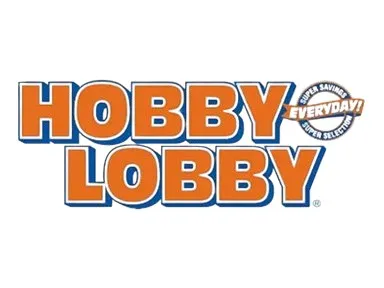
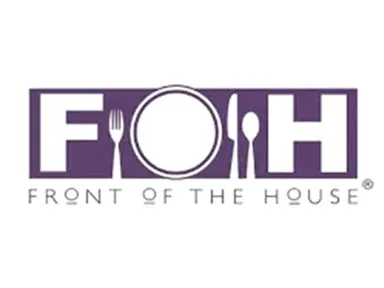


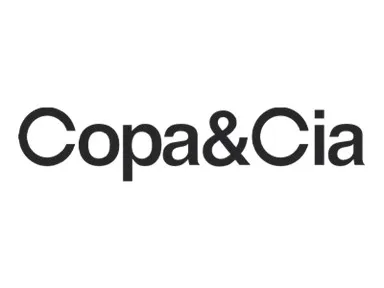
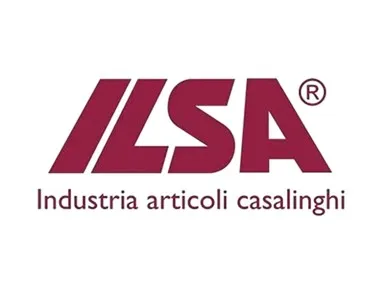

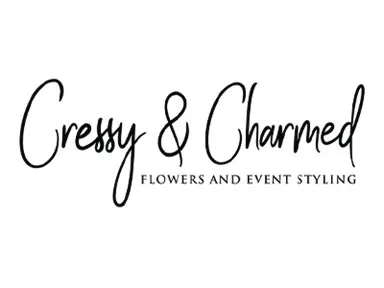
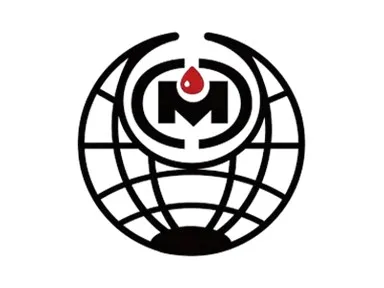

Create Your Dream Products
Together with VangLung, craft your dream
